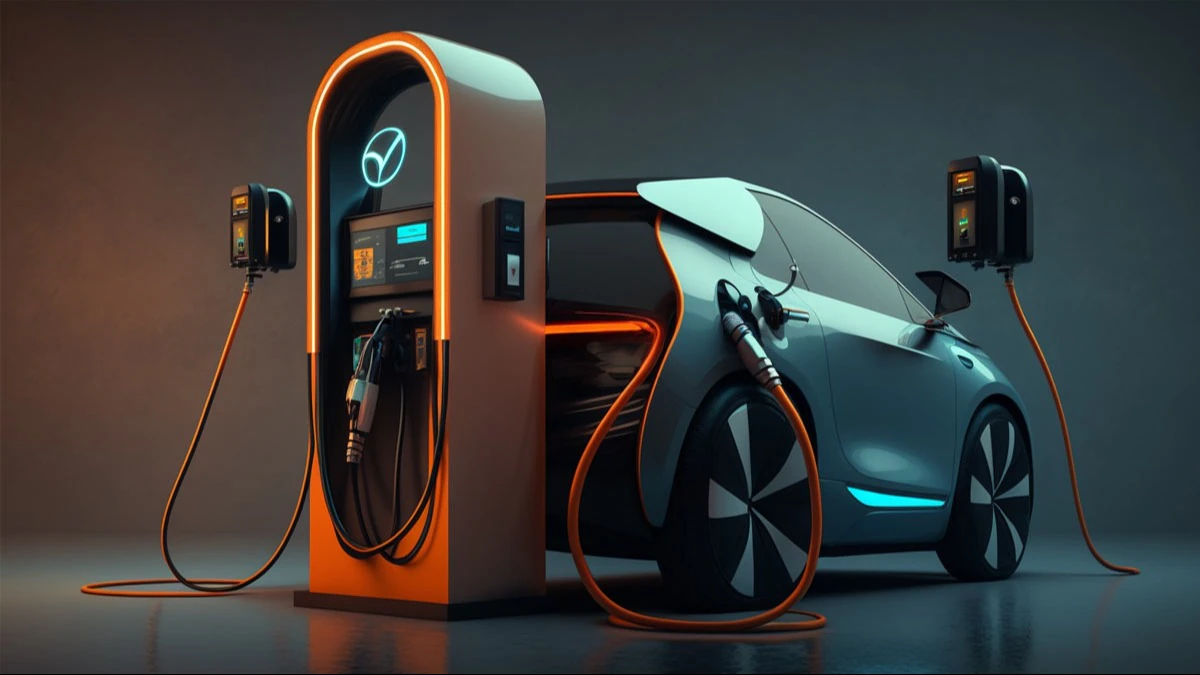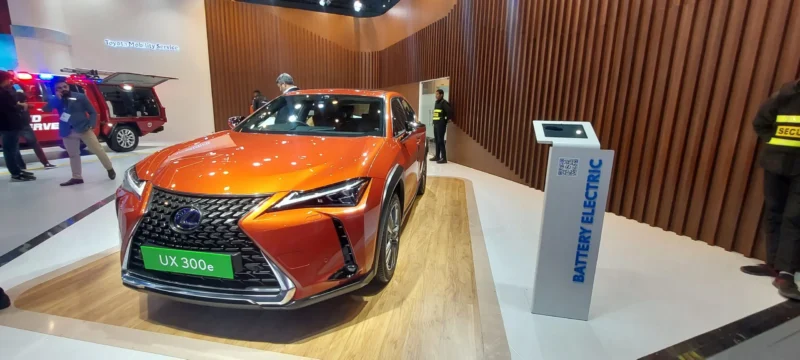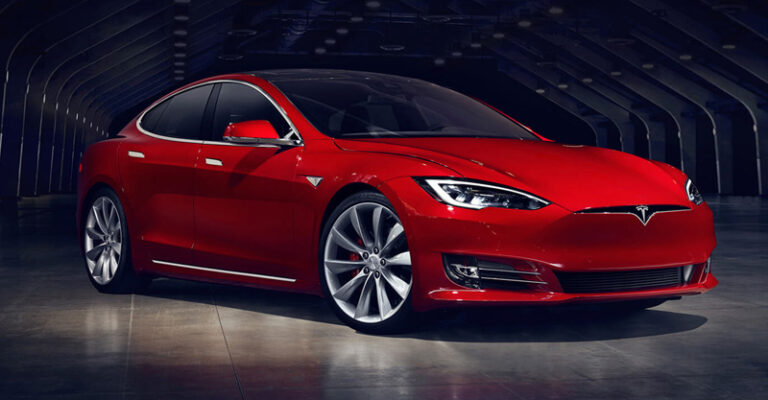As someone who has closely followed the electric vehicle (EV) industry for years, I’ve witnessed its remarkable transformation from a niche market to a global revolution. The year 2025 has been nothing short of groundbreaking for the EV sector. With each passing month, we’ve seen technological advancements, policy shifts, and industry collaborations that are redefining the way we think about transportation and sustainability.
In this blog post, I’ll walk you through the most influential developments that have shaped the electric vehicle landscape in 2024. These milestones aren’t just numbers on a report—they’re the building blocks of a cleaner, greener future. From innovations in battery technology that extend driving range and reduce charging time to the exponential growth of charging networks making EVs accessible to more people, 2024 has been a year of bold strides and ambitious goals.

Indian Electric Vehicle Industry in 2024-2025
Government policies around the globe have stepped up, too, with subsidies and incentives driving adoption rates higher than ever. Meanwhile, the integration of cutting-edge AI in autonomous electric vehicles has opened doors to possibilities we once considered science fiction. It’s an exciting time to be part of this journey, and I feel privileged to share these insights with you.
Whether you’re an EV enthusiast, a potential buyer, or simply curious about the future of transportation, this post will give you a front-row seat to the innovations shaping our world. Let’s dive into what made 2024 a pivotal year for electric vehicles. Here are top 5 Key Developments in India’s Electric Vehicle Sector in 2024
PM E-Drive and PSM Initiative: Accelerating the Future of Mobility
The PM E-Drive and PSM (Progressive Sustainability in Mobility) initiative are groundbreaking programs designed to revolutionize transportation and promote sustainable mobility solutions. These initiatives reflect a commitment to reducing carbon footprints, enhancing technological innovation, and fostering economic growth in the mobility sector.
Key highlights of these programs include:
- Focus on Electric Mobility:
The PM E-Drive program emphasizes the adoption and integration of electric vehicles, aiming to make them more accessible and affordable for consumers worldwide. - Advanced Technology Development:
Through the PSM initiative, researchers and engineers are developing cutting-edge technologies to improve vehicle efficiency, battery performance, and overall sustainability. - Infrastructure Expansion:
A core aspect of these programs is the creation of widespread and reliable charging infrastructure, ensuring that EV adoption is seamless and practical for everyday users. - Economic and Environmental Goals:
These initiatives aim to boost local economies by creating jobs in the EV sector while simultaneously reducing greenhouse gas emissions. - Collaboration and Innovation:
By fostering partnerships between governments, private companies, and research institutions, the programs encourage innovation and scalability in sustainable mobility solutions.
The PM E-Drive and PSM initiative are not just about vehicles; they’re about creating a comprehensive ecosystem that supports clean energy and sustainable practices for a better tomorrow.
Expansion of EV Charging Infrastructure Across the Globe
Electric Vehicle expansion (EV) charging infrastructure is a critical component in the global shift towards cleaner, more sustainable transportation. As the adoption of EVs accelerates, there is an increasing demand for reliable, widespread charging stations to ensure convenience and efficiency for drivers. Key factors driving the growth of EV charging networks across the globe include:

- Government Policies and Incentives: Many governments are offering incentives, tax credits, and subsidies to promote EV adoption, leading to increased investment in charging infrastructure.
- Private Sector Investment: Automotive manufacturers, energy companies, and tech giants are investing heavily in the development of fast-charging stations, making the transition to electric vehicles more accessible.
- Technological Advancements: Innovations in charging technology, such as ultra-fast chargers and wireless charging, are improving the charging experience and reducing wait times for users.
- Global Initiatives and Collaborations: International collaborations and partnerships are helping to standardize charging solutions, ensuring interoperability across different regions and countries.
- Urban and Rural Expansion: Charging stations are being strategically placed in urban centers as well as in rural and remote areas to make EVs practical for all types of users, regardless of location.
- Sustainability Goals: As countries and regions aim to meet carbon reduction targets, the expansion of EV charging networks plays a key role in supporting a cleaner, greener transportation system.
The global expansion of EV charging infrastructure is essential for overcoming range anxiety and ensuring that electric vehicles become a viable option for more consumers worldwide.
The Government Policies Accelerating EV Adoption
Government policies play a pivotal role in accelerating the adoption of Electric Vehicles (EVs) worldwide. Through a combination of incentives, regulations, and investments, governments are fostering an environment that encourages the shift toward cleaner, more sustainable transportation. Key policies driving this transition include:
- Tax Credits and Incentives: Many governments offer tax rebates and financial incentives to consumers and businesses purchasing EVs, reducing the overall cost of ownership and making EVs more accessible.
- Subsidies for Charging Infrastructure: Governments are investing in the development of EV charging infrastructure, providing subsidies or grants to encourage the construction of charging stations in both urban and rural areas.
- Emission Standards and Regulations: Stricter emission standards for vehicles are pushing manufacturers to produce more environmentally friendly models. This is helping to make EVs a more attractive alternative to traditional combustion engine vehicles.
- Low-Emission Zones and Bans on Fossil Fuel Vehicles: Several cities and countries have introduced low-emission zones or announced future bans on the sale of new gasoline or diesel cars, further driving the demand for EVs.
- Government Fleet Transition: Many governments are transitioning their own vehicle fleets to electric, setting an example and creating demand in the public sector.
- Long-term Sustainability Goals: Governments are aligning EV adoption with broader environmental and sustainability targets, aiming to reduce carbon emissions and reliance on fossil fuels.
Through these policies, governments are significantly boosting the adoption of EVs, contributing to the global transition towards greener transportation.
Sustainability Initiatives Driving EV Manufacturing Practices
Sustainability initiatives are increasingly shaping the way Electric Vehicle (EV) manufacturers operate, with a growing emphasis on reducing environmental impact throughout the production process. As demand for EVs rises, automakers are aligning their manufacturing practices with global sustainability goals to create eco-friendly vehicles while minimizing resource use and waste. Key sustainability initiatives driving EV manufacturing include:
- Use of Renewable Energy: Manufacturers are shifting to renewable energy sources, such as solar and wind power, in their production facilities to reduce carbon emissions and reliance on fossil fuels.
- Eco-friendly Materials: There is a push for using sustainable materials in EV production, such as recycled plastics, lightweight metals, and renewable fibers, which help reduce the environmental footprint of the vehicles.
- Battery Recycling and Reuse: With the increasing demand for EVs, manufacturers are investing in advanced battery recycling technologies, allowing for the reuse of critical materials like lithium, cobalt, and nickel, reducing the need for mining and minimizing waste.
- Carbon Neutral Manufacturing: Some EV companies are committing to achieving carbon-neutral manufacturing, meaning they offset or eliminate the carbon emissions generated during production through carbon capture or the use of offsets.
- Efficient Manufacturing Processes: Manufacturers are implementing energy-efficient practices, reducing water usage, and minimizing waste during vehicle assembly to ensure a greener production cycle.
- Sustainable Supply Chain Practices: Automakers are working to ensure that their supply chains follow ethical and sustainable practices, such as sourcing materials from responsible suppliers and reducing transportation emissions.
These sustainability initiatives not only contribute to reducing the carbon footprint of the automotive industry but also help in meeting global environmental targets, ensuring that the shift to EVs remains truly beneficial for the planet.
FAQs on 2025’s Most Influential Developments in the Electric Vehicle Sector
- What are the key initiatives driving the expansion of EV charging infrastructure?
- The growth of EV charging infrastructure is being driven by government incentives, private sector investment, and technological advancements like ultra-fast chargers. Additionally, global collaborations are helping standardize charging solutions, making them more accessible to consumers worldwide.
- How have government policies impacted the adoption of Electric Vehicles?
- Governments are offering tax credits, subsidies for EVs and charging infrastructure, stricter emission regulations, and low-emission zones to encourage EV adoption. Many countries are also transitioning public fleets to electric, setting a strong example for consumers and businesses alike.
- What role do sustainability initiatives play in EV manufacturing?
- Sustainability initiatives in EV manufacturing include using renewable energy, eco-friendly materials, and advanced battery recycling technologies. Manufacturers are also focusing on carbon-neutral production and efficient processes, aligning with global environmental goals.
- How is the PM E-Drive and PSM initiative affecting India’s EV market?
- The PM E-Drive and PSM initiative are fostering electric mobility adoption by promoting advanced technology development, infrastructure expansion, and economic growth. These programs focus on making EVs more affordable, efficient, and accessible while creating sustainable jobs.
- What technological advancements have impacted EVs in 2025?
- Innovations in battery technology, such as faster charging times and longer ranges, have significantly improved the EV experience. Additionally, the integration of artificial intelligence in autonomous EVs has opened up new possibilities for the future of transportation.
Conclusion
2025 has been a transformative year for the Electric Vehicle (EV) sector, marked by significant advancements in technology, policy, and sustainability. From government initiatives driving adoption to innovations in battery efficiency and the rapid expansion of charging infrastructure, the industry is evolving at an unprecedented pace. The integration of AI in autonomous EVs and sustainable manufacturing practices further underscores the sector’s commitment to a greener future. As these developments continue to reshape the global transportation landscape, 2025 serves as a pivotal year in the journey toward a cleaner, more sustainable world.



Pingback: Reviews India Hits 5,340 Daily EV Sales, Nears 2 Million in 2024